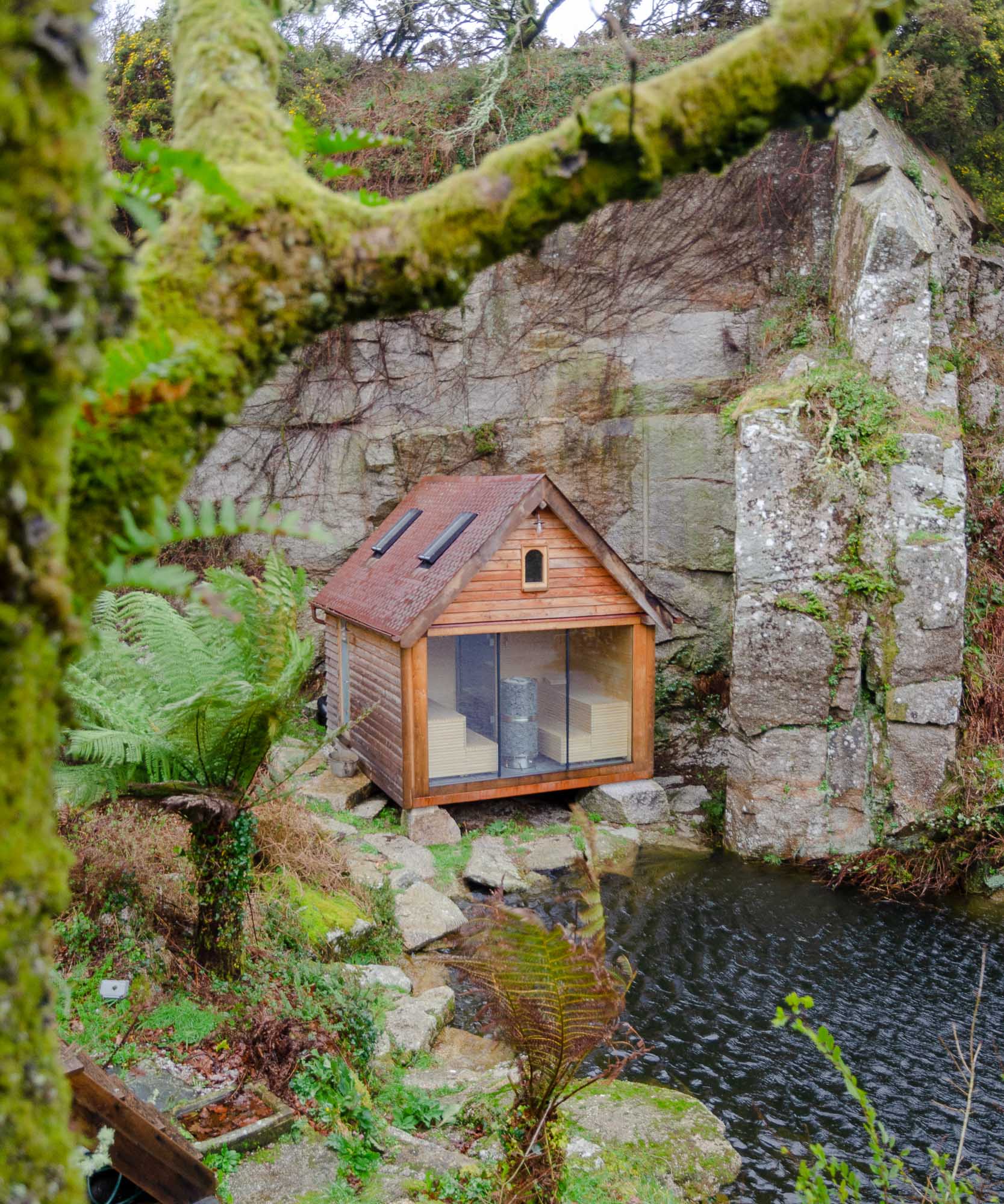Saunas and first questions

There are a few questions that you need to answer first if you are concerned about installing a sauna. Once they are answered, it will be easier to put together further thoughts and a picture of how things should look. Questions to ask yourself:
Where do you plan to install the sauna?
This is the first and most important question you need to ask yourself before installing a sauna. It depends on what it will be. Saunas can be installed in a house and even in an apartment. Or will you build a separate cabin? This question is very important, because the size of the room determines which heater to buy. If the installation of the sauna will be in a separate house - then everything is quite simple. In this case, a traditional sauna can be built. However, if the installation of the sauna will take place in an apartment or a small room, it is best to choose small heaters or portable saunas.
What type of sauna best suits your needs?
There are many types of sauna on the market. Finding out which of them best suits your needs is the main guarantee of success. Which saunas are the most attractive? Traditional saunas use stones and convection to heat the rooms. This is the type of sauna most people use. And you can pour water on the stones to create steam.
Or perhaps you would prefer an infrared sauna? Installation of such a sauna is very simple and quick. These saunas are usually smaller than traditional ones, as there is no need to build premises. The main difference between this type of sauna and wood-burning sauna is that they heat the body by emitting infrared radiation. The advantage of these saunas is that they have many additional functions, such as radio, speakers, etc.
Another option is portable saunas. The installation of such a sauna is the cheapest and the mobility is the best, but they are not powerful.
What type of wood will you use for the sauna?
Another important question you should ask yourself is what type of wood you would like to use in your sauna. Saunas can be equipped with various types of wood. All of them have their own advantages and disadvantages. Linden, black alder, abachi, cedar, etc. are most often used for sauna installation. The most important criterion for the chosen wood is how it looks. After that, you should consider the smell of wood. If you are allergic to natural wood oils, look for ones that do not contain natural oils and fragrances.
Will you install the sauna with your own hands?
The last important question you will have to ask yourself is whether you want to do the sauna installation yourself, with your own hands, or do you want to buy a sauna kit? For some people, it is impossible to install a sauna by themselves, because they do not have construction knowledge. For these people, buying a sauna kit is the best choice because it is very easy. If, however, you have decided to build a sauna yourself, it will be a good challenge for you. You can buy all the equipment and accessories in the online store, so installing a sauna will be a real pleasure and a great way to spend your free time.
.jpg)
The sauna must be chosen carefully
In order for the sauna to be of high quality and purchased at a good price, you should pay attention to a few tips before buying. So, what is most important when purchasing a sauna:
• Price. Saunas are relatively expensive, which is a good criterion to use when purchasing a sauna. You just need to be interested in those that are in your price range. If you want a traditional sauna, it will cost more, and simple infrared saunas are much cheaper.
• Steam. When comparing different models of heaters, carefully consider whether you need steam and what kind of steam you need. For example, infrared saunas do not create steam, while traditional wood-burning saunas can create very good steam.
• Heat. This is another very important criterion for purchasing a good sauna. If you want a well-heated sauna, the best solution is only traditional wood-burning heaters. They reach the highest temperature compared to other types of saunas. Infrared saunas provide less heat because their principle of operation is completely different. So, if you want something strong and maybe even extreme - traditional saunas are for you. However, infrared saunas are also very good at stimulating sweating and are an equally effective way to warm up.
• Sauna warm-up time. This is the time it takes for the sauna to heat up, it varies depending on the type of sauna. Traditional saunas usually heat up within 30-45 minutes (it depends on how powerful the heater is used). Infrared saunas usually heat up in 10-15 minutes. And if you choose portable saunas, know that they last about the same.
• Power. Energy consumption varies for each sauna type and model. Traditional saunas are more powerful and require more energy input. Infrared saunas fall somewhere in the middle because they require much less energy than traditional saunas, but use more than portable saunas.
• Maintenance. The maintenance of each sauna is different. Traditional saunas are much more reliable and are likely to never break. However, traditional saunas are usually much larger and you will still need to clean all sauna surfaces with soap and water at least a few times a year. Infrared saunas are usually reliable, but also smaller, so you can clean surfaces quickly.

.jpg)